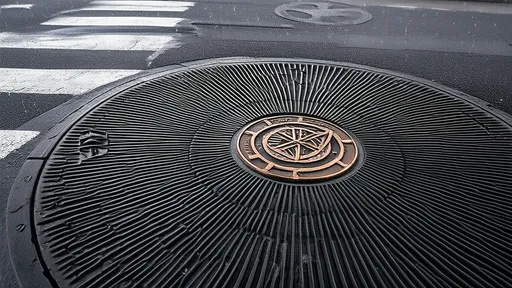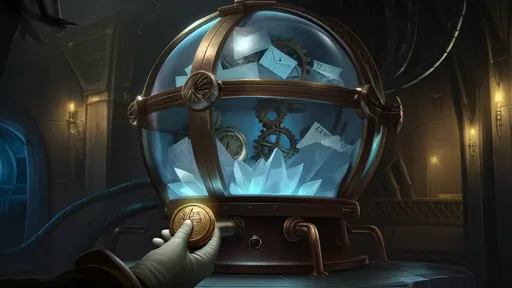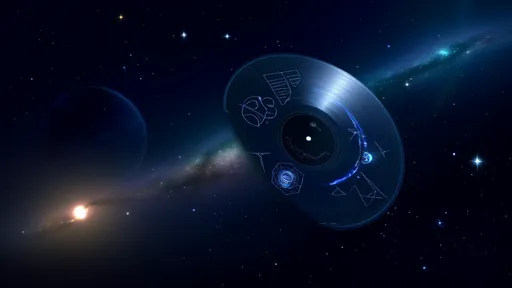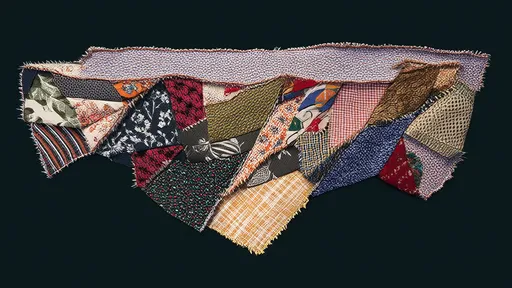Since its landing in February 2021, NASA's Perseverance rover has been leaving more than just tire tracks on the dusty surface of Mars. Embedded within the patterns of its wheel treads is a hidden message—a cleverly designed Morse code that spells out "JPL," a nod to the Jet Propulsion Laboratory, the team behind the rover's creation. This subtle but intentional design choice is more than just an easter egg; it serves as a functional tool for navigation and a symbolic connection between human ingenuity and the barren Martian landscape.
The rover’s wheels, crafted from durable aluminum, feature a series of grooves and ridges that create distinct patterns as they roll across the Martian terrain. These patterns, when decoded, reveal the letters "JPL" in Morse code: a dash-dot-dash-dash (J), dot-dash-dash-dash (P), and dot-dash-dot (L). The idea was conceived as a way to leave a lasting, identifiable mark—one that could be tracked by orbiters or future missions to measure the rover's movements and assess terrain slippage. But beyond its practical purpose, the message is a quiet testament to human presence on a planet millions of miles away.
A Functional Signature in the Dust
Perseverance’s wheels aren’t the first to carry such a signature. Its predecessor, Curiosity, also left Morse code imprints, though with a simpler pattern spelling out "JPL" in a repeating sequence. The design on Perseverance, however, is more refined. Each wheel has 20 sections of grooves, with the Morse code appearing in every fifth segment. This deliberate spacing ensures that the marks are frequent enough to be useful for tracking but not so dense that they become indistinguishable over long distances.
Scientists and engineers use these markings to monitor the rover’s progress and adjust its path. By analyzing the spacing and orientation of the wheel tracks, they can determine if Perseverance is slipping on loose sand or encountering obstacles that might require a course correction. The Morse code, in this sense, acts as a built-in odometer and slip indicator, providing real-time data without the need for additional hardware.
A Nod to Human Curiosity
The inclusion of Morse code on the rover’s wheels is also a poetic gesture—a way to embed human language into the exploration of an alien world. Morse code, once a critical tool for long-distance communication, now serves as a bridge between Earth and Mars. It’s a reminder that, even in the age of advanced robotics and artificial intelligence, human creativity and symbolism remain at the heart of space exploration.
For the engineers at JPL, the Morse code is a signature of pride. It’s a way to say, "We were here," even if no human eyes ever see those tracks in person. The message is durable, designed to outlast the rover itself, potentially remaining visible for decades or even centuries as a faint but permanent mark of humanity’s first steps toward unraveling the mysteries of Mars.
The Challenges of Martian Terrain
While the Morse code serves as a clever navigational aid, the wheels themselves have faced significant challenges. Mars’ surface is far from uniform—sharp rocks, abrasive sand, and steep inclines all pose risks to the rover’s mobility. Early in its mission, Perseverance’s wheels showed signs of wear, with small punctures and dents appearing in the aluminum. Engineers had to adjust driving strategies, opting for smoother paths and avoiding particularly hazardous areas.
Despite these challenges, the Morse code imprints have remained intact, continuing to provide valuable data. The resilience of the wheels is a testament to the meticulous engineering that went into their design. Each groove and ridge was carefully calculated to balance traction, durability, and the clarity of the imprinted message.
Looking to the Future
As Perseverance continues its journey across Jezero Crater, the Morse code tracks will serve as a lasting record of its path. Future missions, whether robotic or crewed, may one day follow these tracks, retracing the rover’s steps to study its discoveries or even recover its findings for return to Earth. The "JPL" imprints could become a historical landmark—a signpost in the dust marking humanity’s early efforts to explore another world.
In the grand narrative of space exploration, small details like these often carry the most meaning. The Morse code on Perseverance’s wheels is more than a technical feature; it’s a message in a bottle, cast into the cosmic ocean. It speaks to the ingenuity, curiosity, and enduring spirit of the people who dared to send a machine across the void to a distant, rust-colored planet.

By /Aug 8, 2025

By /Aug 8, 2025

By /Aug 8, 2025

By /Aug 8, 2025

By /Aug 8, 2025

By /Aug 8, 2025

By /Aug 8, 2025

By /Aug 8, 2025

By /Aug 8, 2025

By /Aug 8, 2025

By /Aug 8, 2025

By /Aug 8, 2025

By /Aug 8, 2025

By /Aug 8, 2025

By /Aug 8, 2025

By /Aug 8, 2025

By /Aug 8, 2025

By /Aug 8, 2025

By /Aug 8, 2025

By /Aug 8, 2025